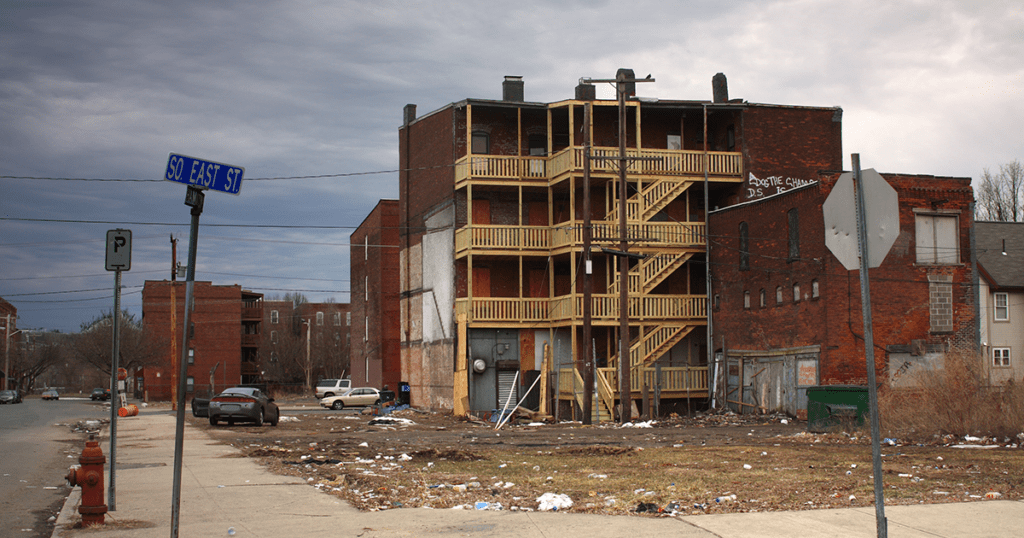Sign up below to receive the latest insights into the multifamily market from redIQ. We swear, we won't blow up your inbox.
Planning for Opportunity Zones

With the creation of the White House Opportunity and Revitalization Council, the Trump administration is indicating it is serious about a part of the new tax code that has big implications for real estate investors: Opportunity Zones.
These zones, distributed across distressed urban, suburban, and rural tracts of the country, should encourage private and public investment through tax breaks and other incentives. Investors began flocking to these areas early. Goldman Sachs recently confirmed they would lend the Gotham Organization $83 million to build a massive affordable housing complex in Long Island City, and financier Anthony Scaramucci announced the formation of a REIT to deploy some $3 billion in the zones.
There are roughly 9000 designated areas around the country, with a minimum of 25 per state. Given their varied environments and needs, only some will need multifamily development. Urban and rural areas, in particular, are likely the best targets for multifamily investors and developers aiming to take advantage of the tax breaks.
Multifamily in the Zones
Through coordination with government agencies, Opportunity Zones will encourage development in everything from infrastructure to small businesses. For real estate investors, Opportunity Zones encourage mostly ground-up development. For some areas, this might mean warehouses, for others, factories. For those in the multifamily space, it is important to choose and stick with a strategy to succeed before deploying capital in one of the zones.
Most zones will not produce results for developers who build affordable housing. The legislation as it stands will not do anything to mitigate the costs of land, labor, and materials. Most municipalities covered by the law do not have other incentives in place to encourage the construction of affordable housing, despite their “distressed” status. For those committed to constructing affordable housing, negotiation with local governments could create additional tax breaks, and allow housing to rent at below market rates. The large-scale affordable development in Long Island City by the Gotham Organization is an example of the kind of project that overlap between local and federal breaks can produce.
Of course, there is also the standard approach of building market-rate units. Despite the tax breaks promised by the zones, there is risk in building anything due to the “distressed” nature of these markets. Because the tax breaks are only given to those who hold assets for a ten-year period, developers should do all possible diligence to guarantee that the nearest city or cities will remain healthy enough to deliver return on investment over a long horizon.
Conventional multifamily investors looking for preexisting assets are best off looking for complexes they aren’t afraid to hold for a long period, and, like developers, should exercise caution and do in-depth diligence about the economic health of the area surrounding their target Opportunity Zone. With a long hold period and through choosing the right location, conventional investors should expect to benefit not only from increased rents but also better than average capital appreciation as the economic health of the towns within the Zone improves.
